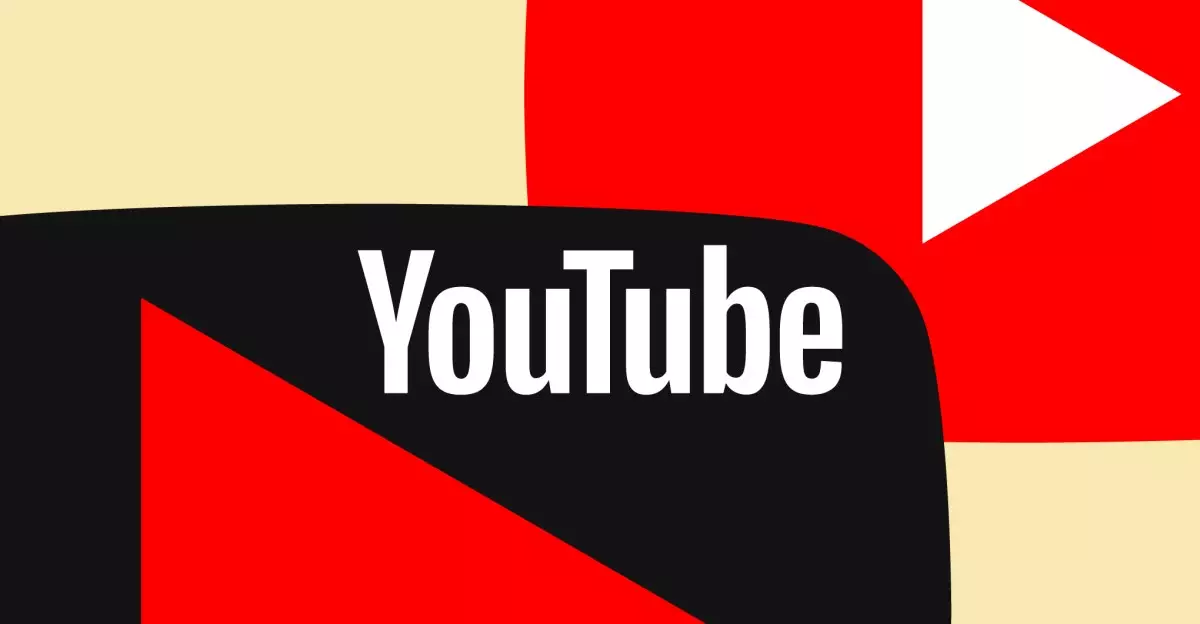YouTube is constantly navigating the turbulent waters of content licensing and subscription dynamics. A recent development highlights how the platform manages its relationships with major content providers, particularly in light of a potential loss of beloved programming. This article critically examines YouTube’s recent announcement regarding Paramount content, the implications for subscribers, and the broader landscape of streaming services.
The Back-and-Forth of Content Agreements
Not long ago, YouTube stirred anxiety among its subscribers with a blog post indicating that it might lose access to important Paramount programming, including channels like CBS and CBS Sports. Such an update could have had far-reaching consequences, potentially alienating users who have come to rely on YouTube TV as their primary source for live events and popular series. However, a swift turnaround followed: YouTube issued a new post declaring that a deal had been reached to retain this content, calming the fears of its audience, at least for now.
This pattern of uncertainty is not new in the streaming industry. The arms race for content often leads to abrupt announcements that can leave consumers feeling insecure about their subscription commitments. Companies like YouTube are thrust into a difficult position, walking a fine line between negotiating favorable terms and maintaining user trust. For subscribers, such announcements can feel like a game of musical chairs, leaving them to question the stability of their viewing options.
YouTube’s decision to retain Paramount content is undoubtedly a relief for its user base, which includes anyone interested in CBS’s popular programming or the extensive offerings from Nickelodeon. However, this relief comes with uncertainty regarding future pricing. YouTube recently increased its subscription fee by $10 per month, raising concerns about the sustainability of its pricing structure given the tenuous nature of content deals.
Despite reassurances from TeamYouTube that any potential price hikes would be communicated in advance, subscribers can’t help but worry. The idea that consistent subscription increases could follow the retention of content looms larger, undermining the value proposition that draws viewers to platforms like YouTube TV in the first place.
This situation cannot be viewed in isolation. YouTube is but one player in a crowded streaming market where content ownership, licensing agreements, and pricing strategies are in perpetual flux. Services like Hulu, Disney+, and Amazon Prime Video are also constantly evolving, either by expanding their libraries or facing similar dilemmas regarding content retention. YouTube’s recent experiences may mirror the challenges faced by these other platforms, creating a shared anxiety for consumers who must frequently assess the best value for their entertainment dollars.
Additionally, as content providers further explore direct-to-consumer strategies, the stakes for platforms like YouTube will continue to rise. Content providers may prioritize launching their own streaming services, thus complicating the landscape for aggregators like YouTube TV. In this context, YouTube’s retention of Paramount content is a temporary win, albeit one that raises more questions than it answers.
The recent announcement that YouTube successfully negotiated to keep Paramount content shines a light on the company’s ongoing struggle to balance user expectations and the volatile nature of content agreements. While this may be a victory for subscribers in the short term, it also opens up discussions about the sustainability of pricing amidst shifting content landscapes. As competition in the streaming world intensifies, both YouTube and its subscribers will need to adapt to an ever-changing environment marked by uncertainty and negotiation.


Leave a Reply